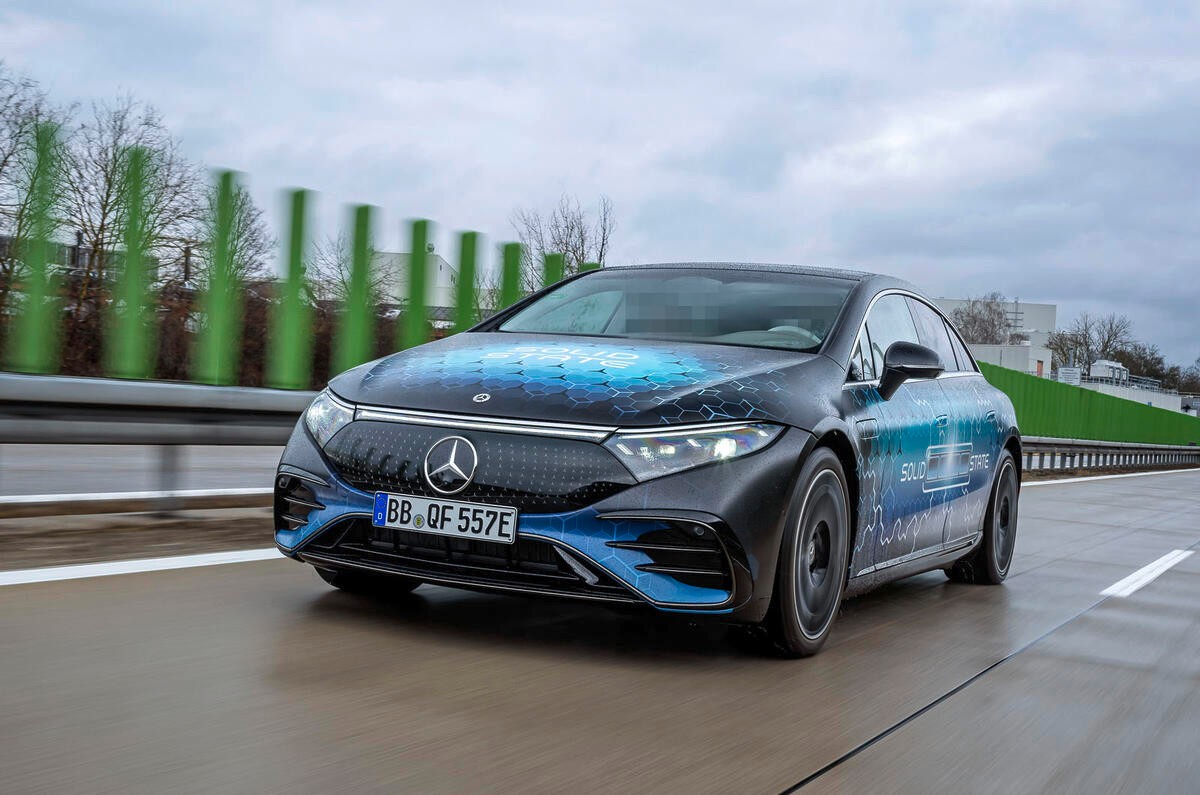
Mercedes-Benz has begun road testing a groundbreaking solid-state battery prototype that could revolutionize electric vehicle capabilities, promising a remarkable range of over 620 miles on a single charge.
The German luxury automaker is conducting preliminary trials using a modified EQS saloon, which first hit the testing grounds earlier this month. The vehicle features a specially adapted battery housing to accommodate the innovative power pack, developed in partnership with US-based Factorial Energy.
The prototype incorporates advanced engineering solutions, including a floating cell carrier with pneumatic actuators developed by Mercedes' Formula 1 team. This sophisticated system manages the battery materials' expansion and contraction during charging cycles, enhancing stability and longevity.
The new solid-state technology demonstrates approximately 25% greater range compared to equivalent-sized lithium-ion batteries. For perspective, the current EQS 450+ with its 118kWh lithium-ion battery achieves 511 miles under WLTP certification. The solid-state prototype is expected to extend this range beyond 620 miles in real-world conditions.
Technical specifications from Factorial Energy reveal impressive metrics, with battery cells delivering energy density up to 391Wh/kg and charging capacity exceeding 106Ah. The innovative design features a patented lithium-metal anode and polymer separator.
Looking ahead, Mercedes-Benz and Factorial Energy are developing an even more advanced solid-state battery, codenamed Solstice. This next-generation unit will employ a sulphide-based solid electrolyte, targeting 450Wh/kg energy density and an 80% range improvement over current lithium-ion technology.
The automaker plans to introduce the first production vehicle equipped with solid-state battery technology before 2030. This development aligns with Mercedes' broader strategy to advance electric vehicle technology, including new silicon carbide inverters and power electronics being developed at their Brixworth facility.
The successful implementation of this technology could mark a major milestone in electric vehicle development, potentially addressing range anxiety concerns while setting new standards for EV performance and efficiency.